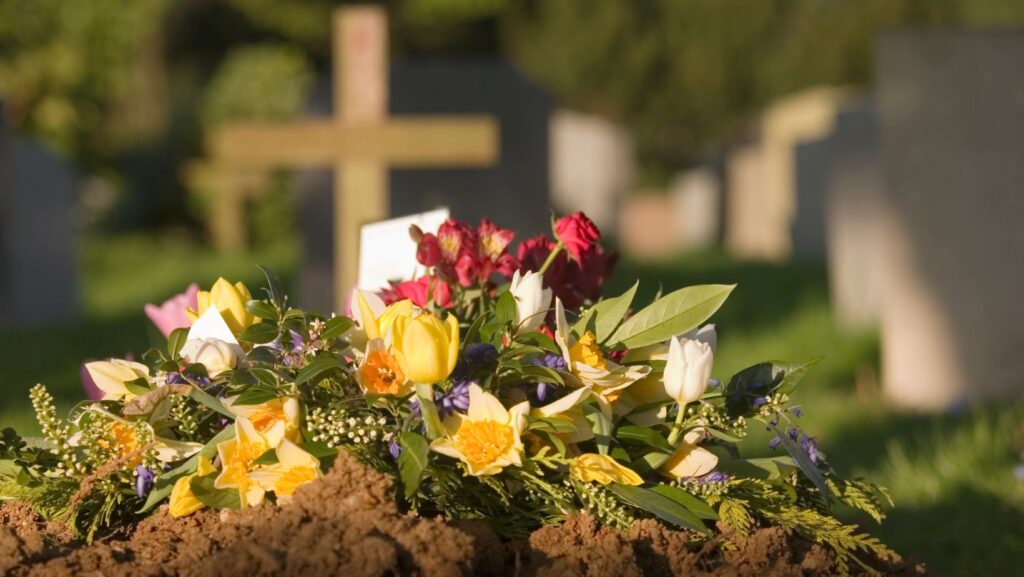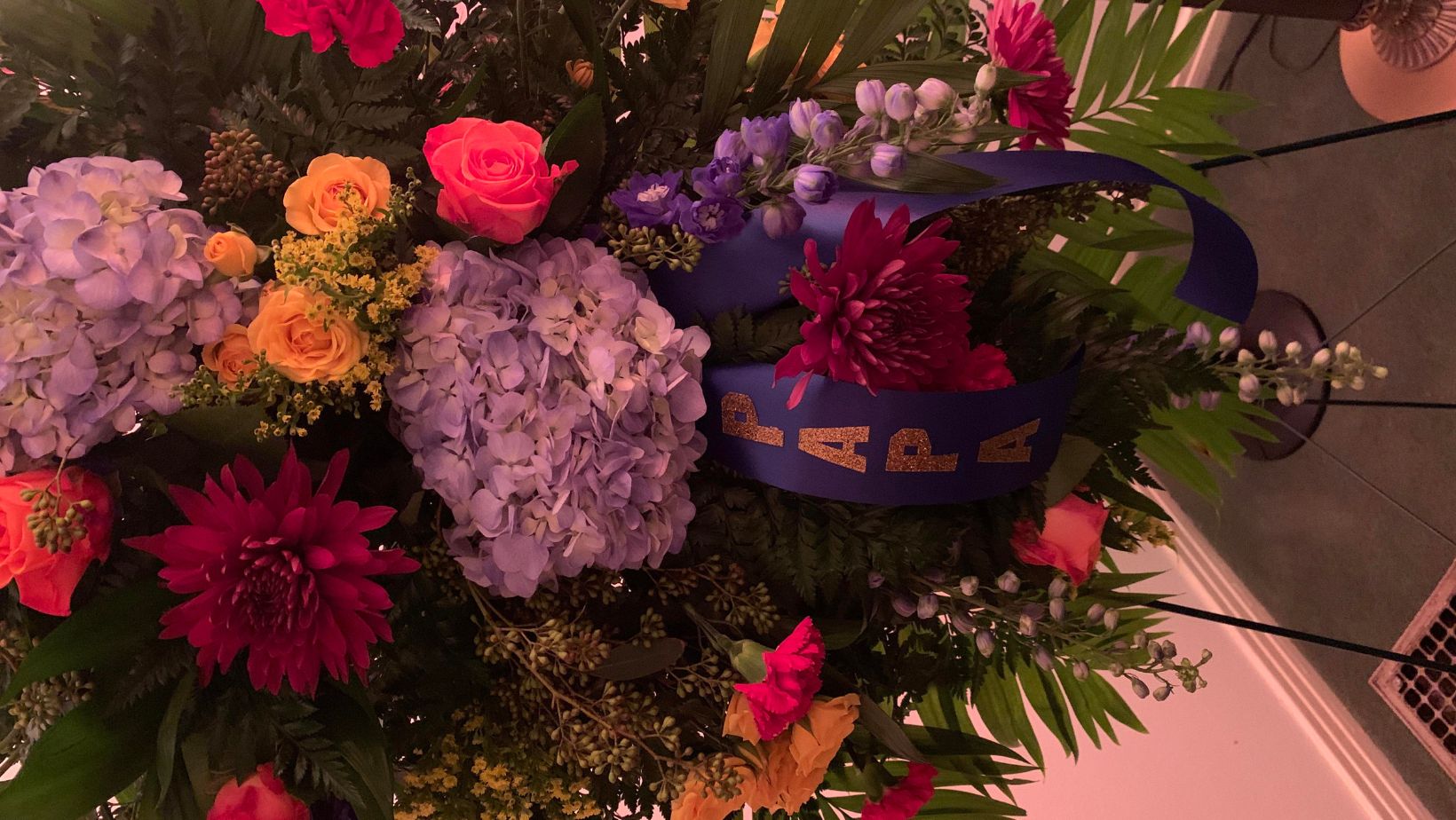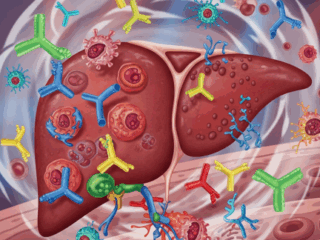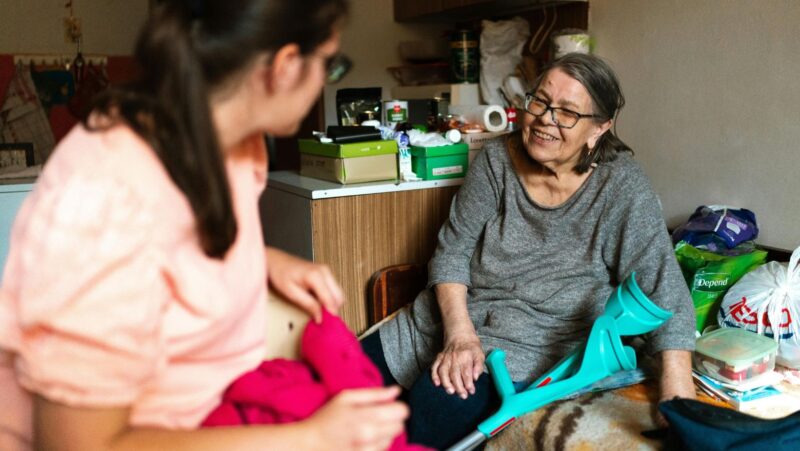
As much as people love talking about sustainable living, one aspect of sustainable life that’s just beginning to gain traction is sustainable dying.
Being eco-friendly with funeral and end-of-life ceremonies is now considered to be a great way for an individual to leave a lasting, positive impact on the planet, and natural burials just so happen to be one of the simplest burial practices for those who want to promote public and environmental health.
And beyond the ecological and spiritual benefits associated with natural burials, there are also many tangible benefits to the air, soil and water for future generations to come!
What Exactly Is A Natural Burial?
Natural burials are burials that forgo conventional end-of-life applications like metal caskets, embalming fluids and concrete vaults — and instead these practices prioritize biodegradable materials like wicker, untreated wood and basic burial shrouds.
The overall goal of a natural burial is to allow a decedent’s body to naturally decompose in a way that rejoins their body to the earth, without introducing harmful chemicals and other non-biodegradable materials deep within the soil.
The vast majority of natural burials take place at green cemeteries, which are spaces that are specifically preserved for natural burials. These cemeteries will often replace traditional headstones with simple markers or native plants, and the general concept is for the burial ground to mimic the cemetery’s natural habitat.
How Conventional Burial Practices Negatively Impact The Air, Soil & Water
Conventional burial practices are heavily rooted in our cultural norms, but a lot of people don’t yet realize just how long-lasting the environmental consequences are when someone gets buried traditionally.
Some of the environmental and public health concerns associated with conventional burials include:
- Embalming chemicals include things like methanol, phenol and formaldehyde — all of which are very toxic. These substances inevitably seep deep into a cemetery’s soil, and eventually into groundwater supplies. This poses significant risks to local ecosystems and drinking water.
- Concrete vaults and metal caskets usually remain fully intact for decades, if not centuries. The non-biodegradable nature of these caskets significantly disrupts natural soil composition, and it also hinders the ecological cycle associated with decomposition.
- Many of today’s cemeteries are perfectly manicured, which often requires the use of chemical fertilizers and pesticides to maintain the area’s aesthetics. This negatively contributes to air pollution and water contamination.
And when you add just these three consequences together, it’s easy to see how traditional funeral practices leave behind a carbon footprint that extends well beyond a single burial plot!
How Natural Burials Support & Protect Public Health
There’s no denying how natural burials offer a much healthier alternative to traditional funeral practices, and this has a lot to do with the reduction of environmental toxins and the general support of local communities.
Some of the ways that natural burials support and protect public health include:
- Reducing chemical exposure risks to visitors, funeral workers and the surrounding environment by avoiding embalming.
- Allowing biodegradable materials to naturally break down, which returns essential nutrients to the soil — while avoiding harmful pollutants.
- Allowing green burial grounds to simultaneously be preserved green spaces, which improves air quality, offers a wildlife habitat and sequesters carbon.

This type of sustainable, end-of-life approach helps maintain clean water systems near cemeteries, and the absence of pesticides and fertilizers in natural burial grounds also protects rivers, streams and underground aquifers.
Giving People A Lasting Environmental Legacy
Arguably the most meaningful aspect of any natural burial is the decedent’s long-term contribution to a more sustainable, healthier legacy.
Many families find a tremendous amount of comfort and solace in knowing that their loved one’s final resting place will contribute to environmental restoration, as opposed to environmental degradation.
Natural burials also do so much more than simply ensure breathable air, clean soil and uncontaminated water sources — because they also set a good example for future generations.
Many natural burial grounds are simultaneously wildlife preserves and community green spaces, so these burials undoubtedly have a positive ripple effect on widespread public health and the planet at large!
Natural Burials Are An Eco-Friendly, Compassionate Alternative To Traditional Funerals
As our society continues to become more eco-conscious and aware of various ongoing health issues, the overall appeal of natural burials will only continue to soar.
These sustainable practices go a long way to prioritize the health of local communities, the earth and future generations — and it’s one of the best ways for great people to say their final farewells.













